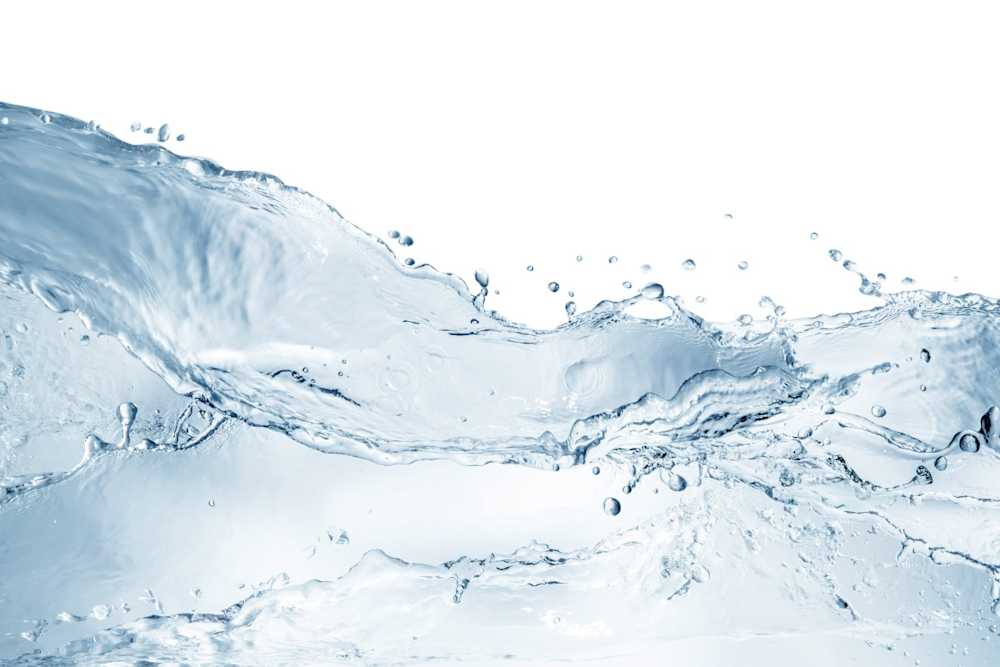Standardization efforts in the field of microplastic analysis have been ongoing for several years, but are still in the relatively early stages. ISO 16094 standards further the process by introducing more specific analysis protocols than was the case with ISO 24187, which was published in 2023.
Part 2 of the new standard provides guidelines for microplastic analysis of water samples with vibrational spectroscopy methods (Raman and Fourier-transform infrared spectroscopy, or FTIR), while Part 3 will focus on thermoanalytical methods (thermal extraction and desorption with gas chromatography-mass spectrometry, or TED-GC-MS, and pyrolysis-GC-MS).
ISO 16094-2 was published in September 2025, with Part 3 of the standard still awaiting publication. The information provided in this article will be checked and updated once the final version of ISO 16094-3 is published.
ISO 16094-2: Microplastic analysis with FTIR and Raman
Part 2 of ISO 16094 outlines the testing procedure for analyzing microplastic concentrations in clean water samples with FTIR and Raman, combined with optical microscopy. With these methods, it is possible to obtain the following information:
Size (1 μm to 5,000 μm) and number of microplastic particles
Classification of particles by size range
Determination of plastic composition (most notably, identifying PE, PP, PET, PC, PS, PTFE, PVC, PA, PMMA, and PU particles)
Identification of other particles, such as minerals, pigments, proteins, and cellulose
During the analysis, a specified volume of water is passed through filters with a pore size that can retain the microplastics of interest. The filters are then analyzed with the chosen spectroscopy method coupled with microscopy to identify the polymers present and obtain the particle size distribution.
Differences between spectroscopic methods
According to ISO 16094-2, the most notable differences between Raman and FTIR in microplastic analysis are the minimum measurable particle size and main interferences. In terms of size, Raman can measure particles as small as 1 to 10 μm, while FTIR cannot reliably go below the 10 to 20 μm size range, depending on the instrument.*
Both techniques are subject to interference from mineral particles, surface alterations by biofilms or weathering, proteins, and carbohydrates. In addition, the Raman spectrum suffers from interference from colored particles, pigments, fatty acids, and amides, while the main interferences unique to FTIR are carbon black and water.
ISO 16094-3: Microplastic analysis with TED-GC-MS and py-GC-MS
The thermoanalytical methods outlined in Part 3 of the ISO 16094 standard differ from spectroscopy methods in terms of obtainable information. With TED-GC-MS and py-GC-MS, it is possible to determine the mass fraction of plastic and types of polymers present in the sample, but particle size, shape, or numbers cannot be identified.
The array of polymers identifiable with thermoanalytical methods is also more limited than with spectroscopic methods. While both TED-GC-MS and py-GC-MS can be used to reliably identify PE, PP, PS, and PET, the possibilities to analyze further polymer types depend on the method. Generally, py-GC-MS can detect a wider range of additional polymers, including PVC, PC, PMMA, ABS, PA6, and PA66.
Analysis procedure with thermoanalytical methods
Thermoanalytical methods are suitable for solid samples, which is why microplastic analysis with TED-GC-MS and py-GC-MS is performed on water filtration residue, obtained using plastic-free filters with an appropriate mesh size. Alternatively, manually identified individual particles can be analyzed directly.
When analyzing filtrate residue, ISO 16094-3 recommends drying the sample to obtain its dry weight and to prevent biological growth during storage. Homogenization with cryogenic milling may also be appropriate in some cases. Once a suitable sample has been obtained, the following steps are followed:
A pyrolysis step to decompose the sample in an inert atmosphere.
A transfer/separation step to move the decomposition products to the chromatographic system.
A detection/quantification step to identify and quantify the polymer-specific decomposition products.
General sampling and sample handling precautions
Both Part 2 and Part 3 of ISO 16094 apply to ultrapure water, drinking water, and raw groundwater with a low concentration of organic and other suspended matter (1–100 mg/l or lower). Due to the generally very low microplastic concentrations in such waters, avoiding contamination at every stage of sampling and analysis is crucial. Some of the steps that should be taken include the following:
Not wearing clothing that contains synthetic fibers or using cosmetic products that may generate microplastics when handling samples.
Ensuring that the laboratory environment is as plastic-free as possible and cleaned regularly with wipes and detergents that do not contaminate the space.
Avoiding plastic laboratory equipment, instead using glass and metal instruments and containers.
Microplastic testing by ISO 16094 standards
Measurlabs offers microplastic analyses for a wide range of sample materials, from different types of water to challenging biological matrices, such as blood. Clean water samples can already be analyzed according to ISO 16094-2, and similar sample handling best practices and analytical methods can also be applied to other matrices. Once the final version of ISO 16094-3 is officially published, we aim to promptly expand our service selection with accredited methods.
Notes:
* The standard ISO/DIS 16094-2 specifies 15 µm to 20 µm as the minimum measurable size of particles with infrared spectroscopy, but some instruments can reliably identify particles down to 10 µm.

